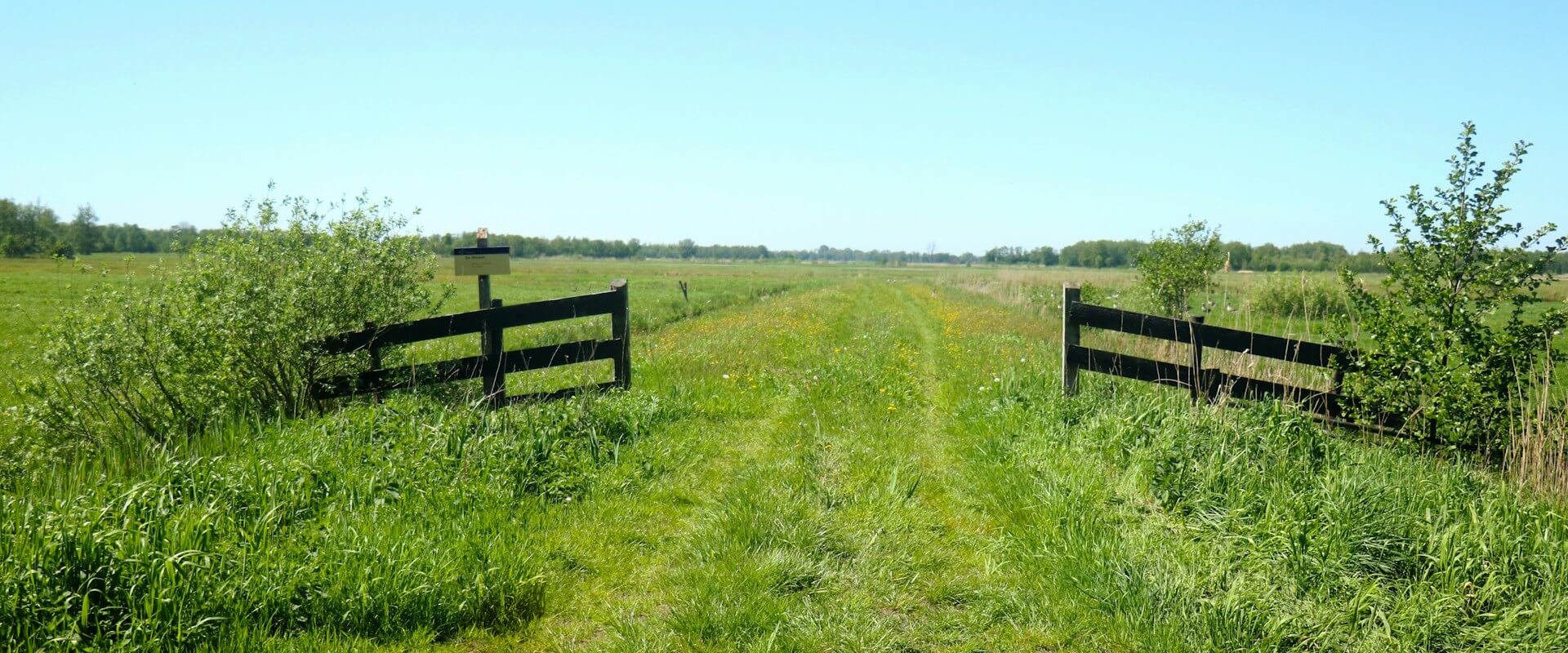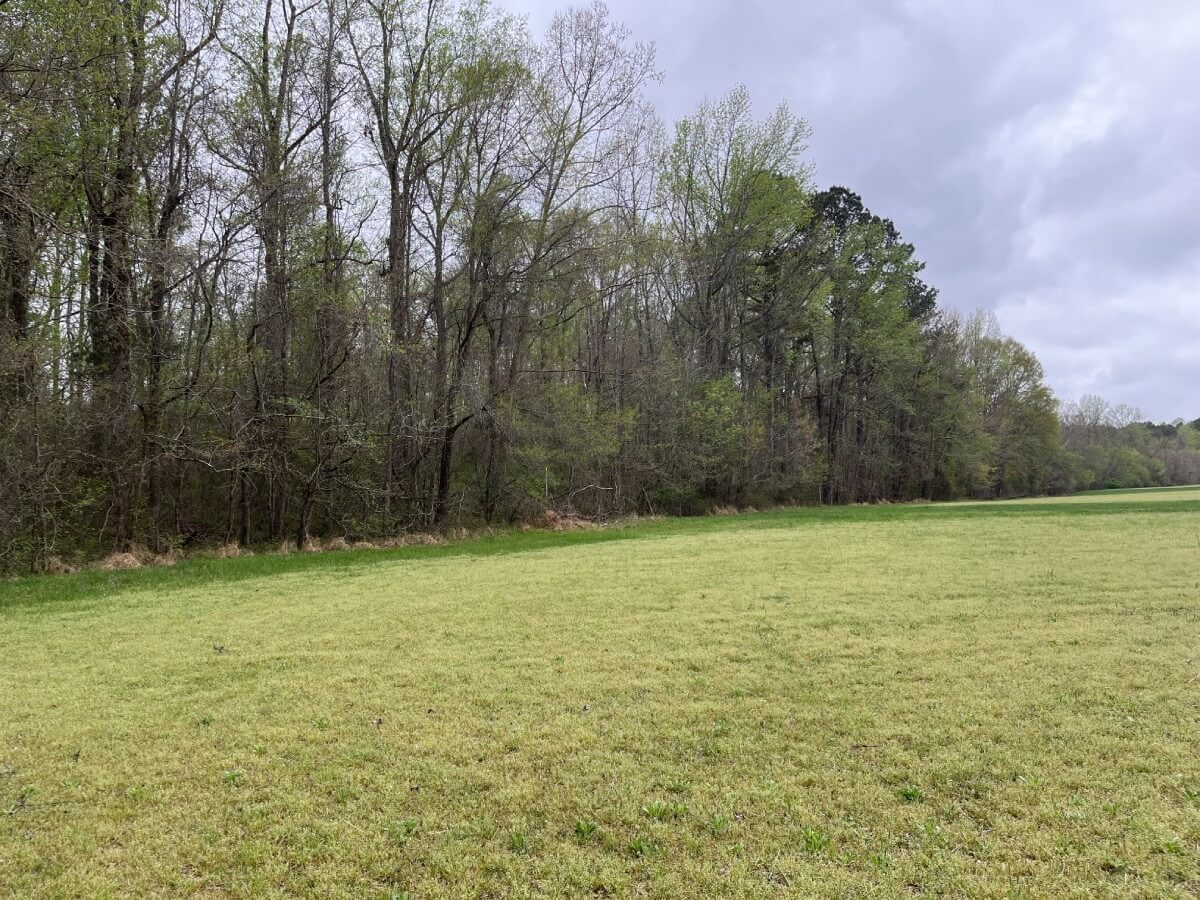Have you ever been driving, hiking, or walking, and seen the sun perfectly hit a stunning, open space of land and wished it could stay that way forever? Or, perhaps you own a property (whether it be a family farm, a patch of forest, or a scenic hillside) and you’ve heard whispers of something called a “conservation easement.”
Conservation easements are voluntary legal agreements that permanently restrict certain land uses in order to preserve the ecological, historical, education, or other conservation values of the property. Due to how diverse the terms of a conservation easement can be, there can be many misconceptions about how these tools can be utilized by landowners. It is essential to understand the heart of conservation easements, so let’s bust some common myths surrounding this powerful land and resource protection tool.
Myth #1: “An Easement Means I Lose Control of My Land and the Public Can Roam Freely.”
This might be the most common and persistent myth out there. Frankly, it’s just not true. A conservation easement is a voluntary legal agreement between a landowner and qualified entity (a non-profit land trust or government entity). The key word here is "voluntary."
As a landowner with land covered by a conservation easement, you still retain ownership of your property and can absolutely continue to use it for agreed-upon purposes. These can vary, but can include:
- Farming/Ranching
- Sustainable timber harvests
- Hunting
- Fishing
- Passive recreation
- Limited development
The conservation easement simply places restrictions on certain kinds of land use that actively threaten the conservation values of the property.
The public does not automatically gain access. In fact, many conservation easements are designed to protect the very private nature of the land, ensuring it can be passed down to future generations without the threat of being subdivided and sold off. While conservation easements offer indirect benefits to the public, they do not force landowners to allow public access to their properties.
Another way to think about it is that conservation easements can be considered as a layer of protection for your land that prohibits all the activities you don’t want to happen on your property.
Myth #2: "Easements are Only for Massive, Pristine Wilderness Areas."
When you think of land conservation, your mind might jump to national parks or vast, untouched forests. While conservation easements are definitely a vital tool for protecting these large tracts of land, they are just as effective and necessary for smaller, more surprising places.
We’ve seen them used to protect:
- Community gardens in urban settings,
- Urban parks,
- Historic farmsteads on the edge of a growing town, or
- Scenic riverbank.
A conservation easement is about protecting specific conservation values, whether that's agricultural productivity, wildlife habitat, historic or cultural sites, scenic views, or water quality. Oftentimes, conservation easements protect a combination of conservation values. There are so many great reasons for conservation. And that value can be found on a smaller-scale property just as easily as on a multi-thousand-acre ranch.
Myth #3: "An Easement is a One-Size-Fits-All, Rigid Restriction"
The idea of a legal document that places restrictions on a property for eternity sounds daunting to some. The truth is, conservation easements are flexible and are tailored to each individual property and landowner's goals.
Before a conservation easement is ever drafted, the land trust works closely with the landowner to understand what they value most. Do they want to preserve the farm for their children? Do they want to protect their favorite trees? Do they need to maintain flexibility for future barns, small cabins, or agricultural structures?
The conservation easement is written to allow for these specific uses while protecting the land’s core conservation values. Conservation is a collaborative process meant to empower the landowner and help them accomplish their conservation goals.
The Real Story of Easements: It’s About Empowering You
What’s the real story behind conservation easements? They are not about losing control, but about gaining the power to permanently protect what you love. They are about individuals, families, and communities making a lasting impact.
Conservation easements are a collaborative, flexible, and financially sensible tool to ensure your piece of the world remains a special place forever.
A Partner in Your Legacy
At Unique Places to Save, we believe that land tells a story, and every landowner has the power to be a steward of that story. We are an organization committed to working with landowners to find a conservation solution for their unique property.
We understand that it's not just about saving land, it's about preserving family legacies, protecting community resources, and creating a healthier, sustainable future for everyone.
We consider the families who have poured their lives into the land, and the legacy they are striving to protect. At Unique Places to Save, we are incredibly proud to be facilitators of these legacies which can include your legacy too. Without a doubt, it is a huge privilege to help families ensure that their unique place, and the rich histories they hold, are saved…forever.
About the Author
With dual Master’s degrees in Public Health and Business Administration, Mandi has successfully secured federal grants and managed significant projects that enhance environmental and community well-being. She leverages her diverse background to contribute to sustainable conservation efforts that protect vital ecosystems.
Learn More




